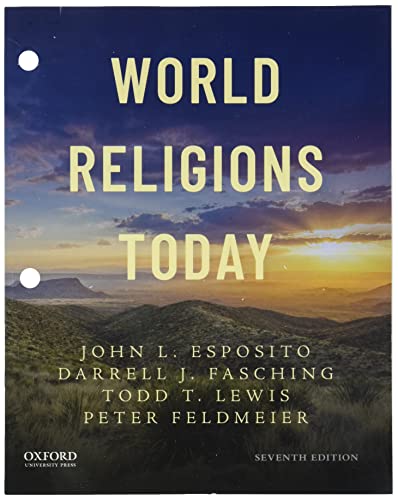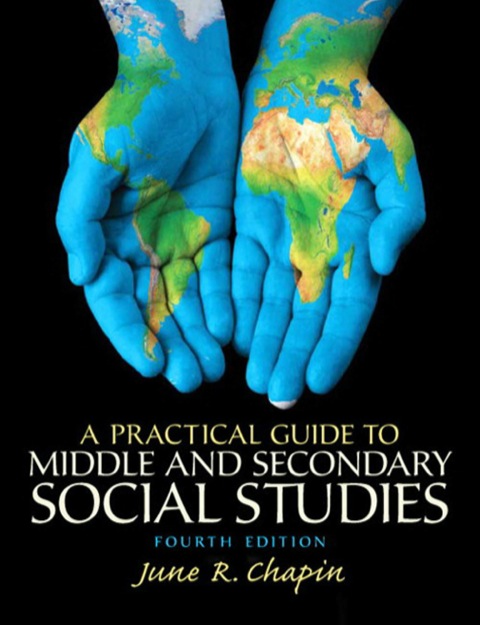Remembering to Forget: Holocaust Memory through the Camera's Eye
Zelizer, Barbie
Barbie Zelizer reveals the unique significance of the photographs taken at the liberation of the concentration camps in Germany after World War II. She shows how the photographs have become the basis of our memory of the Holocaust and how they have affected our presentations and perceptions of contemporary history's subsequent atrocities. Impressive in its range and depth and illustrated with more than 60 photographs, Remembering to Forget is a history of contemporary photojournalism, a compelling chronicle of these unforgettable photographs, and a fascinating study of how collective memory is forged and changed.
"[A] fascinating study. . . . Here we have a completely fresh look at the emergence of photography as a major component of journalistic reporting in the course of the liberation of the camps by the Western Allies. . . . Well written and argued, superbly produced with more photographs of atrocity than most people would want to see in a lifetime, this is clearly an important book."—Omer Bartov, Times Literary Supplement
Library Journal
Zelizer (Covering the Body: The Kennedy Assassination, the Media, and the Shaping of the Collective Memory, LJ 11/1/92), who writes regularly for the Nation, has produced an interesting study of the relationship between photojournalism, memories, and atrocities such as the Holocaust. Zelizer argues that photographs became the major part of the journalistic record during World War II, when the reality of the camps could not be conveyed entirely in words. That advance for contemporary photojournalism has created a collective memory of the Holocaust. In addition, Zelizer questions the images' role in representing the past historically and in remembering the past collectively. She also links Holocaust photographs to how people present and perceive present-day atrocities, which are measured against the German horrors and vice versa. She traces the waves of memory about the atrocities and how photographs have been used since the 1950s. Much has been written about the press and the Holocaust, but this is unique in its focus on the collective memory. Recommended for media, communications, and Holocaust collections.--Mary F. Salony, West Virginia Northern Community Coll. Lib., Wheeling
| Name in long format: | Remembering to Forget: Holocaust Memory through the Camera's Eye |
|---|---|
| ISBN-10: | 0226979725 |
| ISBN-13: | 9780226979724 |
| Book pages: | 300 |
| Book language: | en |
| Edition: | 1 |
| Binding: | Hardcover |
| Publisher: | University of Chicago Press |
| Dimensions: | Height: 9.375 Inches, Length: 6.625 Inches, Weight: 1.66228545548 Pounds, Width: 0.9 Inches |
















